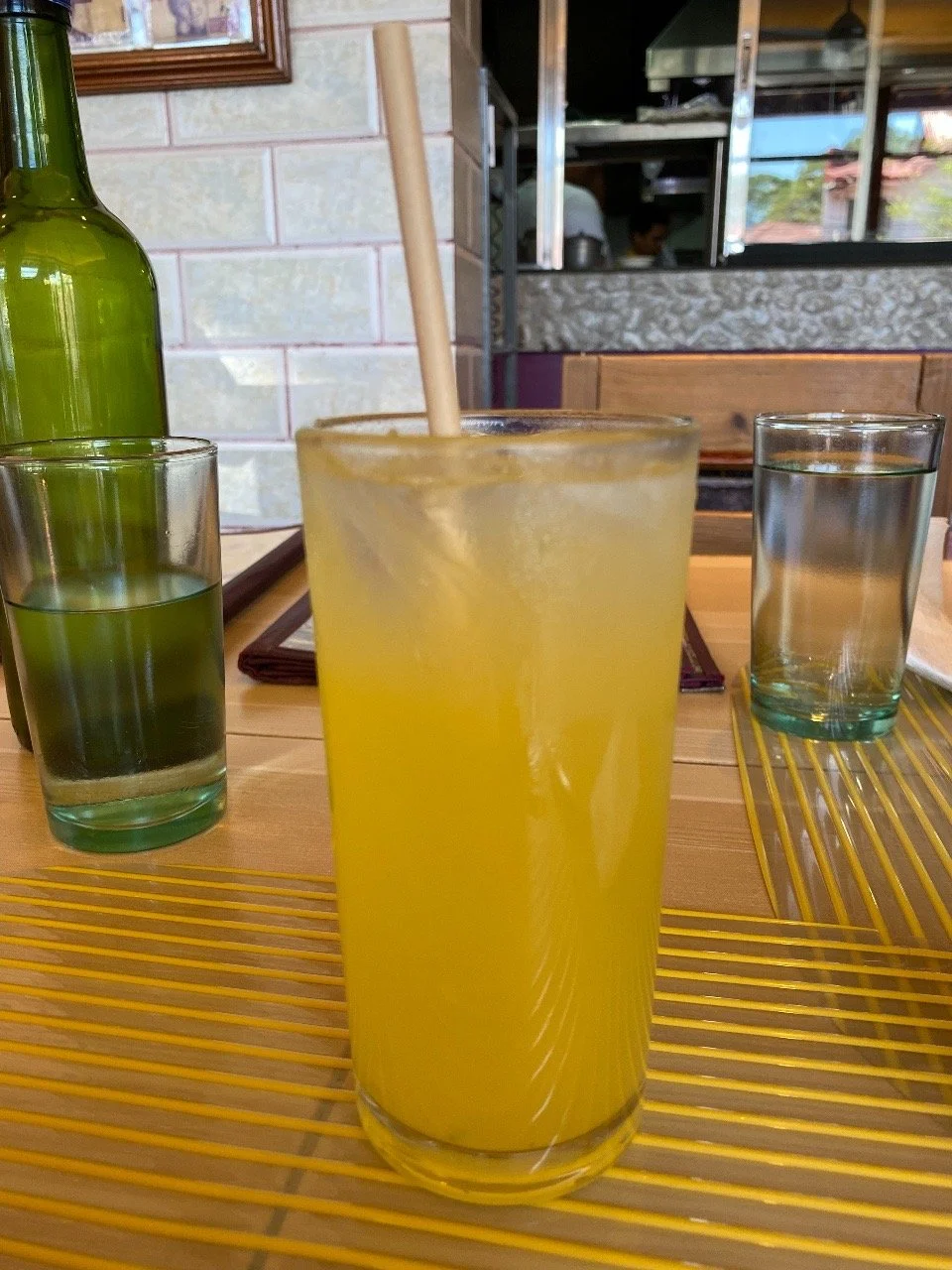The Quintessential Calamansi Juice
If there is one non-alcoholic drink that every traveler must try in the Philippines, it would be the calamansi juice. I actually wonder why this is not highly used in many destinations and the go-to drink that is offered to diners in most parts of the Philippines is iced tea. I guess they would rather go for convenience of just dumping the sweet powder rather than manually preparing, that would be cutting lots of calamansi, straining the seeds and mixing the juice with sugar.
In fact, calamansi juice has become more of a novelty drink rather than a regularly-offered item on the menu. Or is it just most Pinoys have had enough of this sour, lemon-like drink and they would opt for the iced tea, or even buko juice instead?
Calamansi in English
First things first. Let’s answer this common question, what is calamansi in English. The simple answer is Philippine Lime. By the name itself, it gives you an idea that it is found only in the Philippines. It’s nice to think that it should be true, but it’s not. The fruit is also found in other southeast asian countries. Well, the sad truth is it used to be widely enjoyed only by Filipinos that it was planted in large scale only in this country and only for the local consumers. But as the calamansi fruit becomes internationally famous because of its unique taste, other countries like Vietnam have also made its production into large scale farming.
What makes the calamansi juice a must-order drink?
The answer is simple - its unique taste that you can never have from any other drink, even its closest lime or lemon relatives. Yes, calamansi treads between sour and ultra-magnetic super duper sour. But when prepared the right way, even the first sip can be magical. Yup, that sort of makes your eyes pop out and you saying grace for that moment of epiphany. Okay, that’s too much, but you get what I mean.
How to make calamansi juice
In case you’re drooling a bit now or is just plain curious, or perhaps you get this sudden nostalgia when you’re mom used to make you this concoction, but you can’t find a place to get one, you can prepare your own drink.
Calamansi juice ingredients
The ingredients and preparing a calamansi juice is really simple. You just need an awful amount of ccalamsi fruits, water and sugar. That’s it!
The secret is you don’t skimp on the number of fruits. for a pitcher of water of 6 glasses, you don’t cut up 6 or 8 calamansi fruits, you make it 20 or 30 even! That’s when you get the full sourness and body of calamansi. squeeze them tightly till they become almost dry. For the sugar, use white sugar. You have to decide your preference for sweetness. But i would recommend that you make it as sweet as you can tolerate.
Then put some ice and you got yourself that drink that will always remind you of the Philippines! Sour, sweet, with layers and a body of taste plus aroma that you can never fully explain.
Calamansi Benefits
For any layman, the benefits of calamansi or calamansi juice would be loads of Vitamin C. But… the loads of sugar might negate that benefit. Perhaps you could use loads of honey instead?
Can you buy a calamansi tree?
Actually, calamansi is just a shrub that can grow to about six feet (or lower if you trim it). Some people just refer to it as a tree, but we should know better. And yes, there are places that sell calamansi in various stages of growth in a pot or even a big container (like a pail) for bigger ones that are ready to fruit. You can even plant calamansi from seeds and you’ll be surprised at how it easily grows into a full plant. In fact, many Filipinos brought seeds with them when they settled in new countries (yup, they could have been in big trouble if they were discovered by airport quarantine). But those were the old days. Now it’s easy to get calamansi (and seeds) from any Asian store that sprout in many countries.
Calamansi tree care
In the Philippines and other tropical countries, calamansi grows easily. It just needs minor care and trimming to control its growth. But if you are in a temperate country where winter can easily kill a calamansi plant. then you have to make sure that you have a greenhouse, or plant it in a container that you can easily bring inside the house during the ccold months.
Perhaps time will come that the mainstream use of calamansi for drinking or even cooking will not be limited to the Philippines anymore, but to many other countries as well. And the calamansi juice can easily be ordered in any restaurant, or in case you don’t find any, you can easily make your own and get that really refreshing, you-wish-you-had-when-you-were-younger before.

